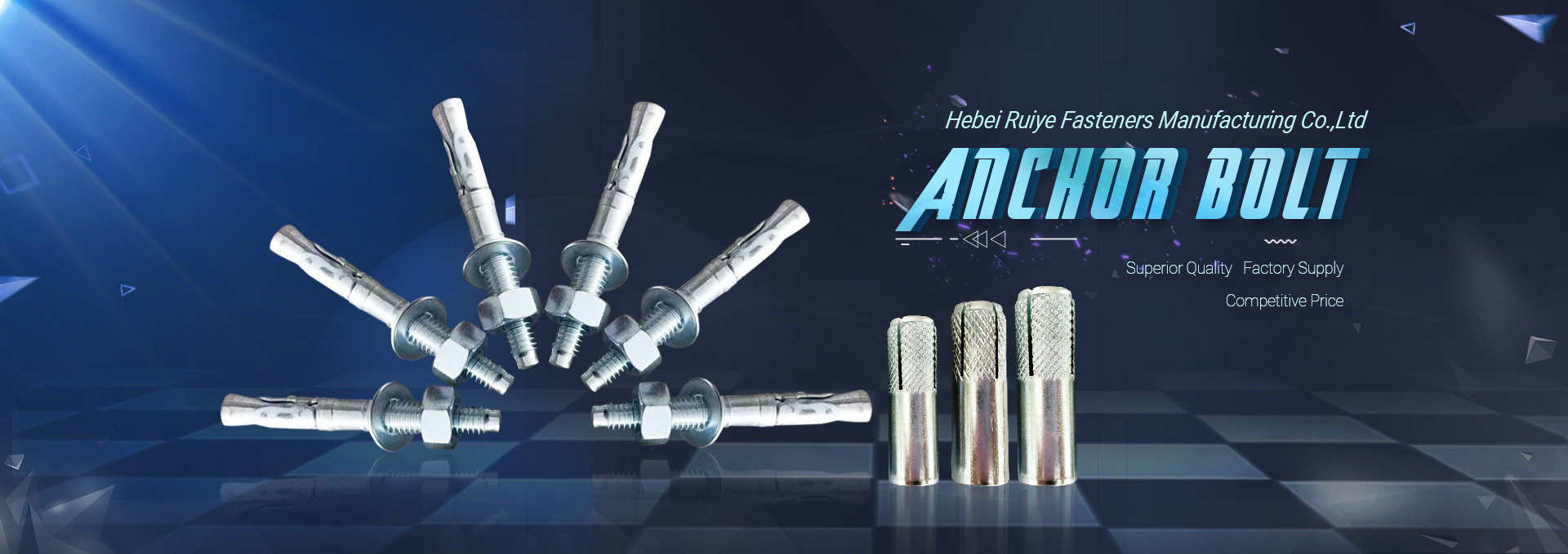The flat washer is mainly stamped out of an iron plate, and the shape is generally a flat washer with a hole in the middle. The size of this hole is generally determined according to customer requirements.
Flat washers are usually thin pieces of various shapes that are used to reduce friction, prevent leakage, isolate, prevent loosening, or distribute pressure. Many materials and structures have such components, which are used to perform various similar functions. Limited by the material and process of threaded fasteners, the supporting surface of bolts and other fasteners is not large, so in order to reduce the compressive stress of the pressure-bearing surface to protect the surface of the connected part, washers are used. In order to prevent the loosening of the connection pair, anti-loosing spring washers, multi-tooth lock washers, round nut stop washers, and saddle, wave, and tapered elastic washers are used.
Flat washers are mainly used to reduce the pressure. When some parts are tightened with a large axial force, the washers are easy to be pressed into a dish shape. At this time, materials can be used and the hardness can be improved to solve the problem.
The locking effect of the spring washer is general, and the important parts are used as little or not as possible, and the self-locking structure is adopted. For spring washers used for high-speed tightening (pneumatic or electric), it is best to use surface phosphated washers to improve their anti-wear performance, otherwise they will easily burn out or open due to friction and heat, or even damage the surface of the connected part. For the connection of thin plates, spring washer structure shall not be adopted. According to statistics, spring washers are used less and less in cars.
Because of the large and uniform locking force, the connecting tooth profile in the tooth-shaped elastic washer is used more in the automotive industry, while the spaced tooth profile is less.
For spring washers and elastic washers, according to the national standard, the 60, 70 steel and 65Mn steel in GB699-1999 "High-quality Carbon Structural Steel" can generally be selected.
There are 9 standards for flat washers in my country. From 2000 to 2002, GB/T97.3-2000, GB/T5286-2001, GB/T95-2002, GB/T96.1-2002, GB/T96.2. -2002, GB/T97.1-2002, GB/T97.2-2002, GB/T97.4-2002 and GB/T5287-2002 and other flat washer standards.
According to the performance level of flat washers, the author recommends the use of materials:
For 100HV grades, ST12, ST13 and Q235, Q215, Q195, etc. can be used, and the surface hardness can reach about 110HV;
For 140HV grades, 08F, 08Al and 10, 10F, etc. can be selected, and the surface hardness can reach about 140HV;
For 200HV and 300HV grades, 45, 50, 60, 70 steel or 65Mn steel should be selected, and the technical requirements of 200~300HV and 300~400HV can be reached through heat treatment, quenching and tempering.
According to the standard, flat washers of 100HV and 140HV grades can be made of low carbon steel. Most companies generally use Baosteel materials when selecting materials, which is convenient for cold stamping. The following is a brief description of the Q/BQB403-2003 Baosteel standard.
Compared with the BZJ407-1999 standard, the "Cold Continuous Rolling Low Carbon Steel Plate and Strip" and the Q/BQB403-2003 corporate standard have major changes:
(1) Modified and integrated the grades, from 8 commonly used grades to 5 grades. St12 changed to DC01; ST13 changed to DC03; St14, St15 changed to DC04; BSC2 changed to DC05; St16, St14-T, BSC3 changed to DC06.
(2) The surface quality level has been modified from two to three:
For the higher-level finishing surface (FB), the surface is allowed to have a small amount of defects that do not affect the formability and the adhesion of coating and plating, such as slight scratches, indentations, pitting, roll marks, and oxidation colors.
The better one of the two sides of the high-grade finishing surface (FC) product has no obvious defects visible to the naked eye, and the other side must meet the requirements of FB at least.
Ultra-high-grade finishing surface (FD) The better side of the two sides of the product must not have any defects, that is, it cannot affect the appearance quality after painting or the appearance quality after electroplating, and the other side must meet the requirements of FB at least.
(3) The surface structure is modified from four to two, and the control value of surface roughness is increased. When the surface structure is pitted surface (D), the average roughness Ra is 0.6μm.
(4) The regulations on Si and residual elements in the chemical composition of the five brands have been cancelled, and the content of elements such as C, S, and Alt has been modified.
Post time: Mar-26-2021

